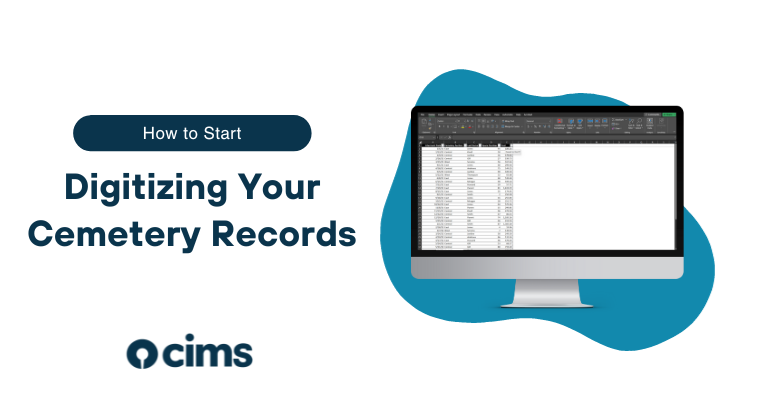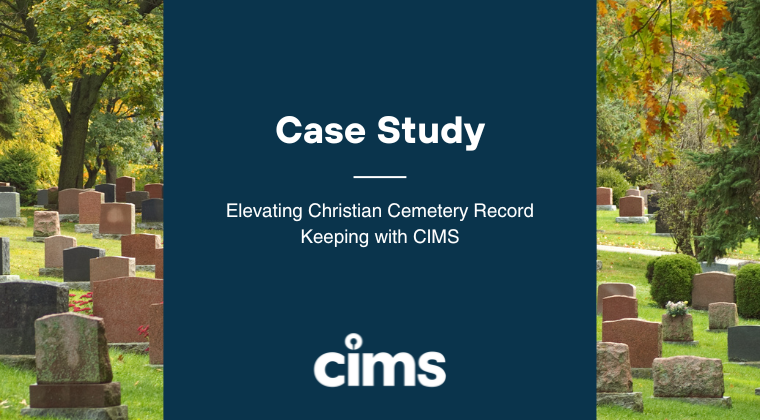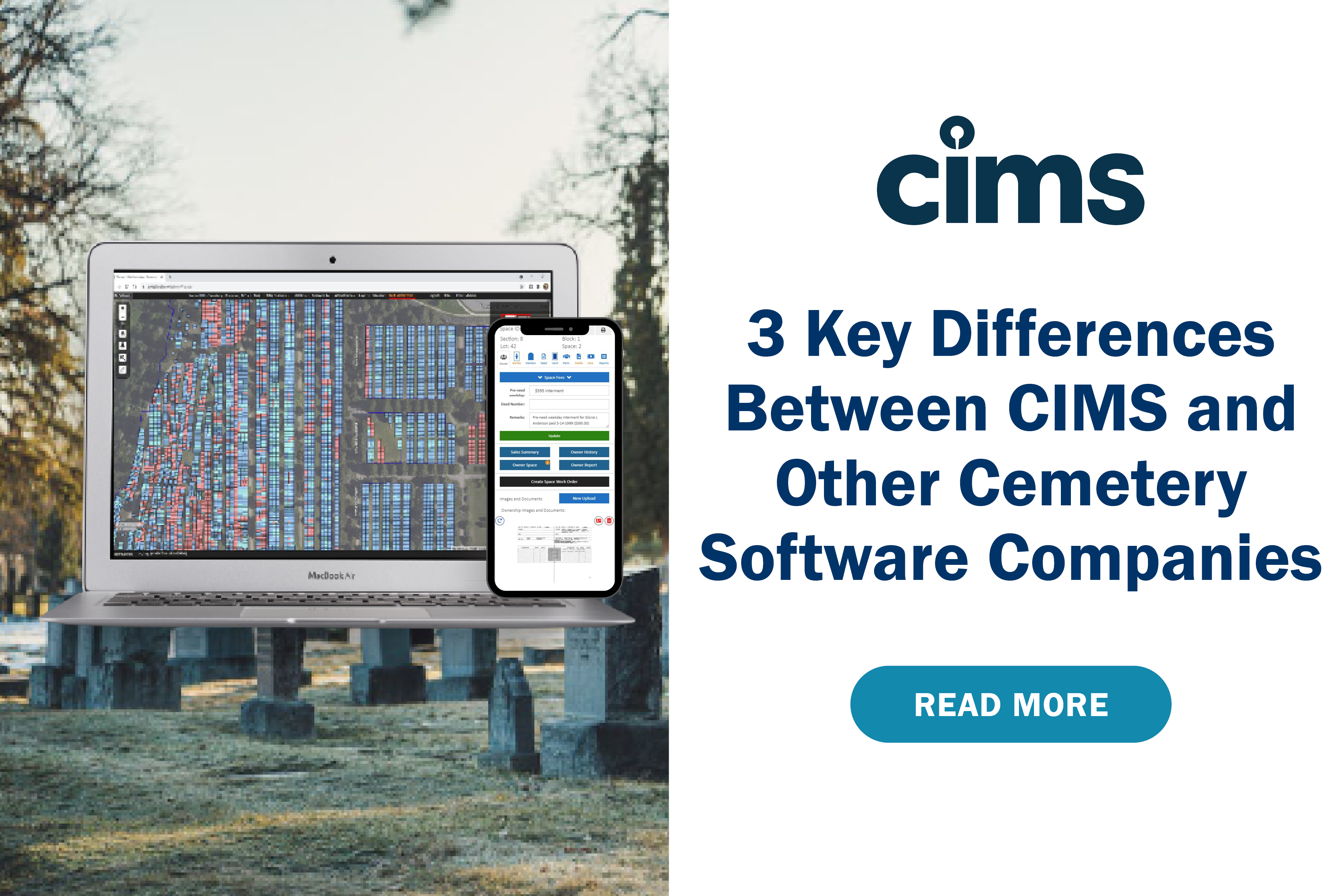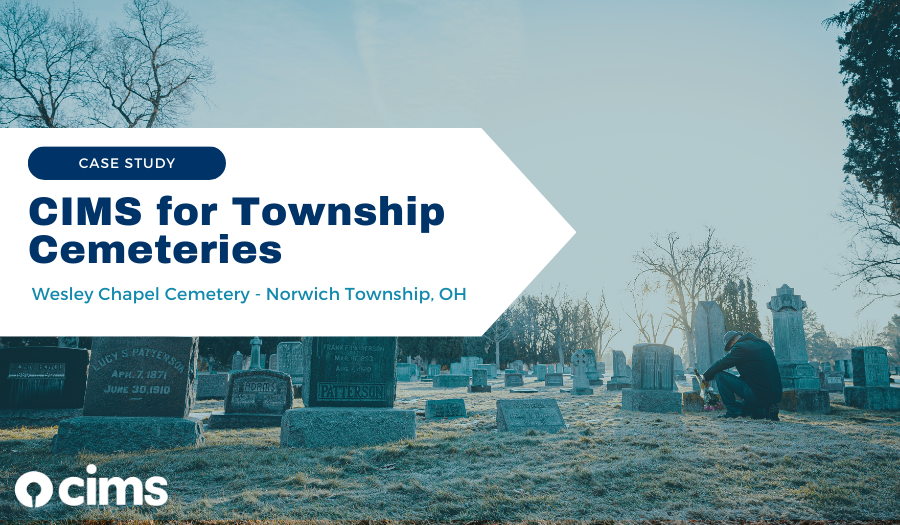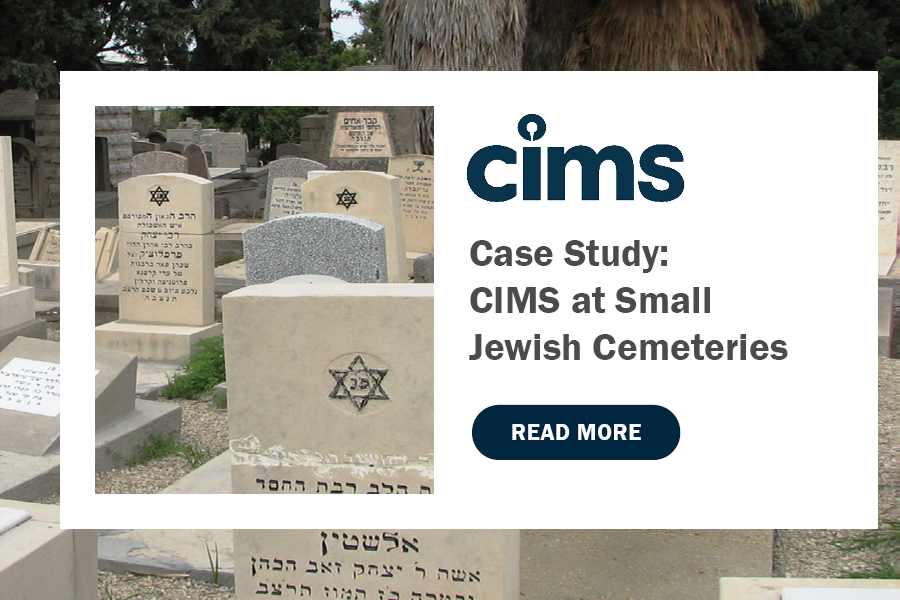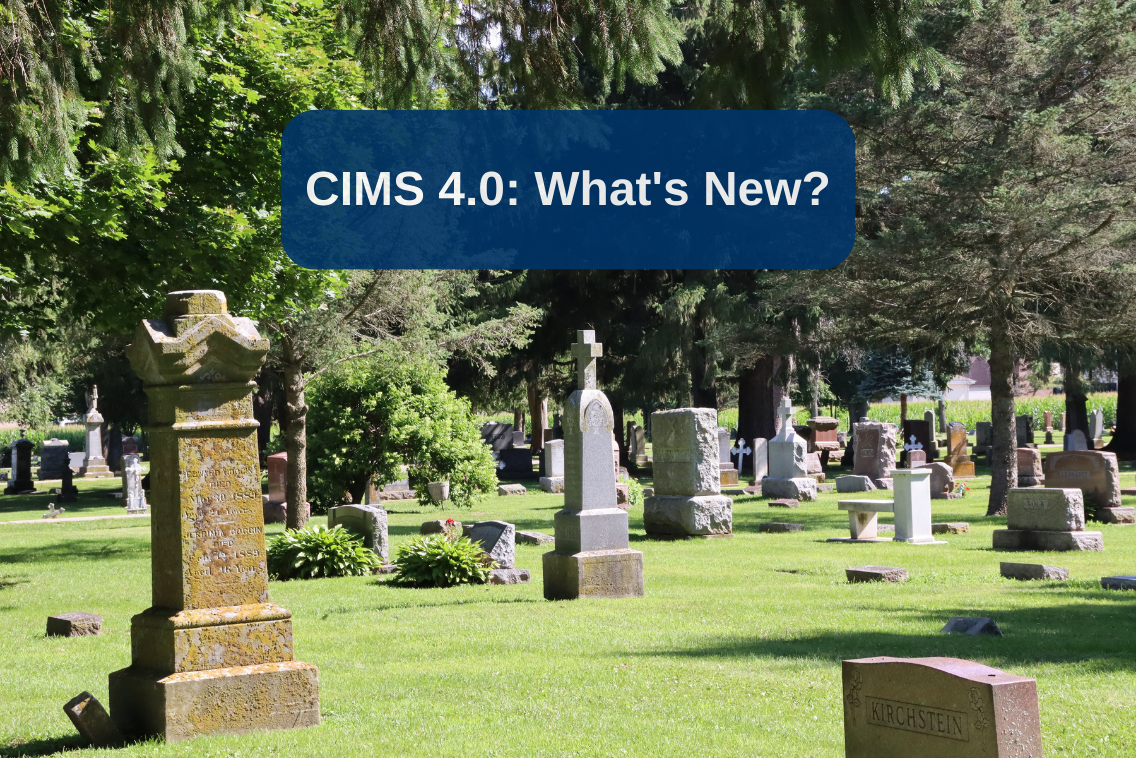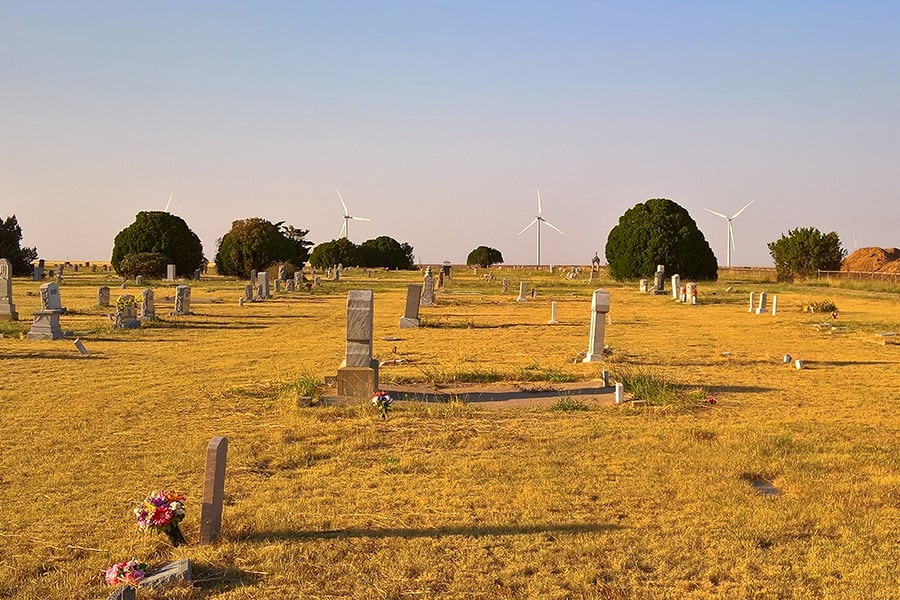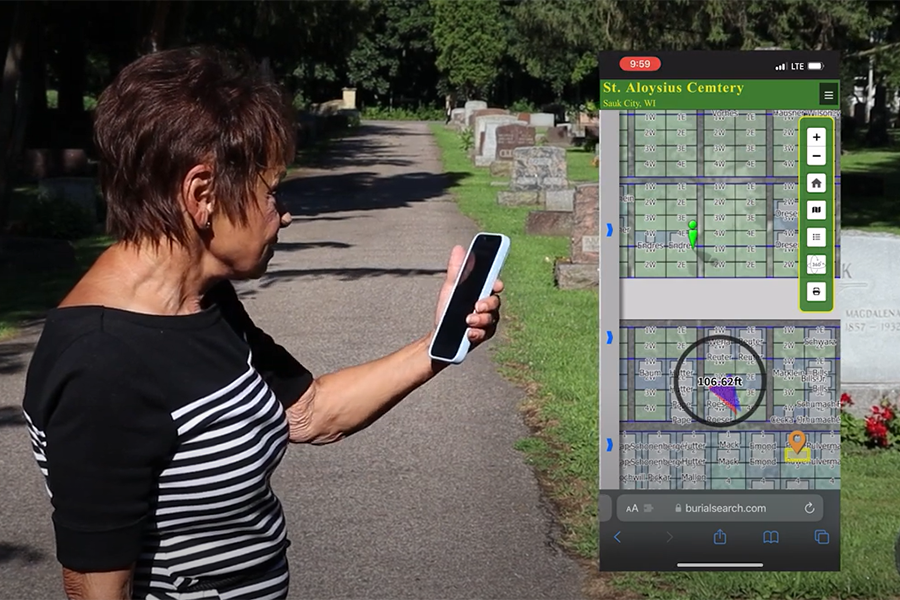How to Start Digitizing Your Cemetery Records
In a world undergoing rapid digitization, it’s important to preserve our historical and cultural heritage. Creating a digital system to keep track of your inventory ensures that you have an accurate record of everything that is going on in your cemetery, making it faster and easier for your staff to manage burials and sell empty plots.
By using CIMS to modernize your cemetery records, you have the option to add data migration services to your package. But if you choose to do it yourself, here are some best practices to get you started.

